 The Deli
Paper
The Deli
Paper
Sorry, but nothing matched your search terms. Please try again with some different keywords.
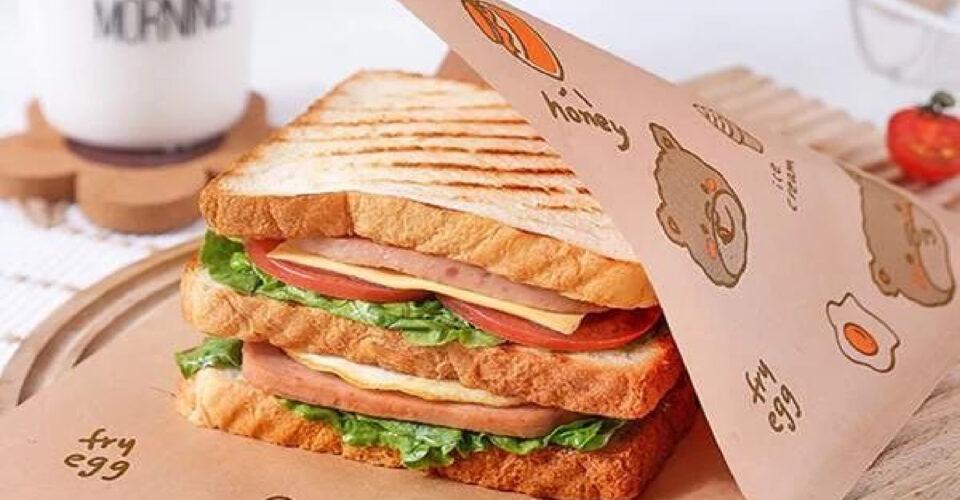
In bakeries, kitchens restaurants, and cafes around all over the world Paper is used in anything from wrapping to baking. The most popular types of paper papers are sheets of parchment as well as the deli paper. Although both have their unique advantages, selecting the correct one could affect not only the food safety, but also the appearance and the quality of cooking.
In this post, we'll examine the parchment papers in depth, contrast it to Deli paper and assist you in determining what paper is the most suitable for various food-related needs.
Paper made of parchment is also known as baking paper is an non-stick, heat-resistant paper often used in cooking and baking. This paper has been treated using silicone which provides it with non-stick properties, and can withstand extreme oven temperatures.
It is the preferred choice for home bakers and professionals alike because of its versatility and easy baking process.
Deli papers often confused with parchment or wax paper, is a light, non-sticky paper that is mostly used to packaging and serving food. It's perfect in wrapping sandwiches, burgers and deli meats. It is frequently customized to fit the needs of businesses.
Contrary to parchment paper, Deli paper isn't typically resistant to heat, however it is a great choice in the presentation of food items and control of grease.
Parchment Paper vs Deli Paper - What's the Difference?
Feature Parchment Paper Deli Paper
Heat Resistance High (up to 450degF) Low to moderate
Non-Stick Surface Yes (Silicone-coated) In general, no, but greaseproof
Primary Use Baking and cooking Wrapping and serving food
Grease Resistance Moderate to High High
Food Presentation Basic Modern and adaptable
Eco-Friendly Options Available Available
From the above table is clear it's clear that the parchment is ideal for baking, while Deli paper excels in food presentation, wrapping and serving.
Although parchment paper is ideal to bake with, the deli papers are being used as a popular choice for many food establishments as well as home users due to:
Deli paper keeps the grease from soaking into it and is ideal for foods that are oily or fried. It's ideal to wrap up burgers, desserts and snacks.
A lot of businesses choose custom-designed deli paper to boost brand awareness. It enhances the presentation of food and adds a professional look.
Deli paper is usually less expensive than parchment paper and is often used in larger quantities in cafes and restaurants.
from sandwich wraps and bakery box to sandwiches, takeaway food items, deli paper provides the flexibility to package items without compromising cleanliness.
Incorporating these related terms gives more visibility for search engines, and also gives users an understanding of.
This is a quick step-by-step guide that will help choose:
If you're operating a restaurant or food service company using both papers in your business is the most effective approach.
In light of the growing environmental issues Both parchment paper and Deli paper are now available in ecological versions:
By selecting the correct kind of newspaper, you're just guaranteeing food safety, but as well making a contribution to sustainability.
To make the most of your deli and parchment paper:
The two parchment as well as Deli paper serve a vital role in the food service and kitchen industry. While parchment is ideal to use for cooking tasks but Deli paper is the best to use for packaging, display and branding..
If you're in search of an alternative that is more flexible and cost-effective as well as visually appealing product, deli paper is a better option. If you're involved in baking as well as roasting food, parchment is an essential item.
Selecting the best paper for your needs can improve the taste as well as the safety of your food, whether you're a cook at home or an owner of a business.

December 26, 2025
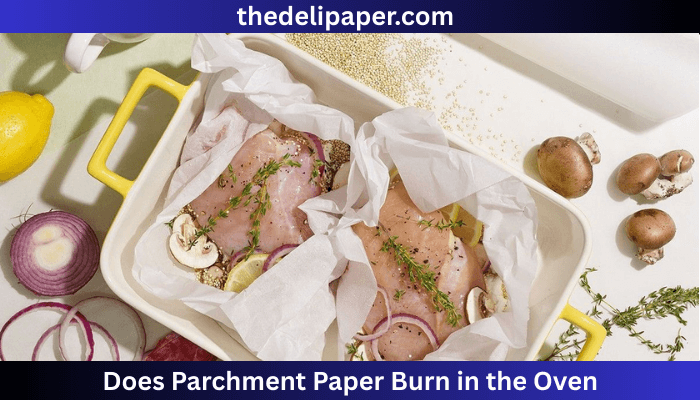
December 19, 2025
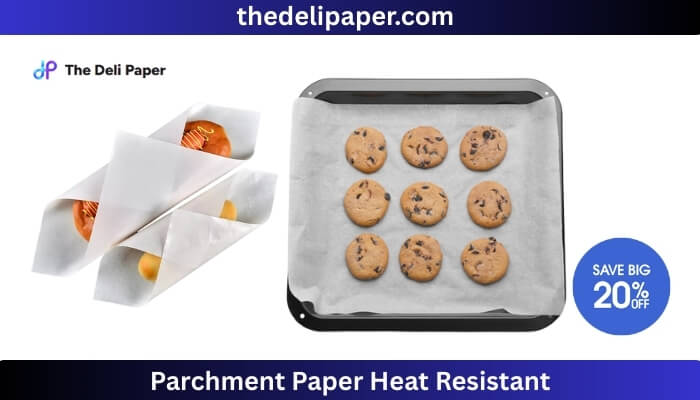
December 13, 2025
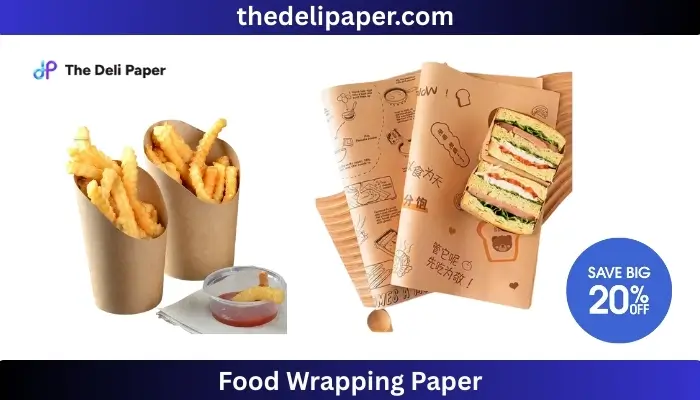
December 12, 2025
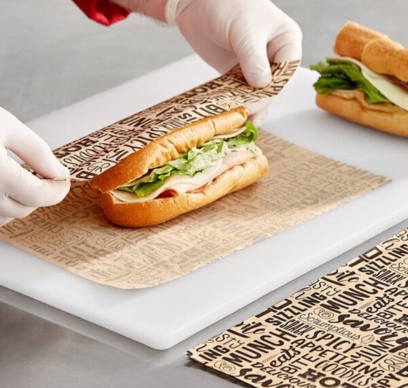
November 16, 2025
